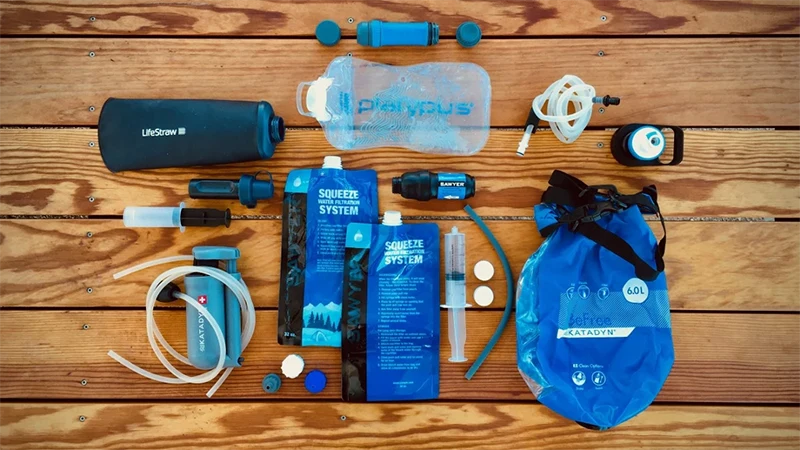

Maine resident hospitalized with potentially fatal tick-borne Powassan virus
The Maine Center for Disease Control and Prevention (Maine CDC) has confirmed a case of Powassan virus infection in a Maine resident. This is the first case of the tick-borne illness in the state since 2017.
Maine CDC received notification of the case this week from the New Hampshire Department of Health and Human Services. The adult individual resides in southern Maine and has been hospitalized in New Hampshire. It is believed that the individual contracted the illness in Maine.
Powassan virus was first described in 1958. Cases are rare in the U.S., with an average of seven cases reported each year. Maine has identified 11 cases since 2000.
Powassan virus is transmitted to humans through the bite of an infected woodchuck or deer tick. While many people infected with Powassan virus do not experience symptoms, signs and symptoms can include fever, headache, vomiting, weakness, confusion, seizures, and memory loss. Long-term neurologic problems may occur, including infection of the brain or the membranes around the brain and spinal cord. Severe infection can be fatal.
Continue reading the complete article & find more tips on how to protect yourself from ticks here.
From the Squad
Campfire conversations with our community, from Squad Members and Ambassadors to Brand Partners and the Sawyer team.

















